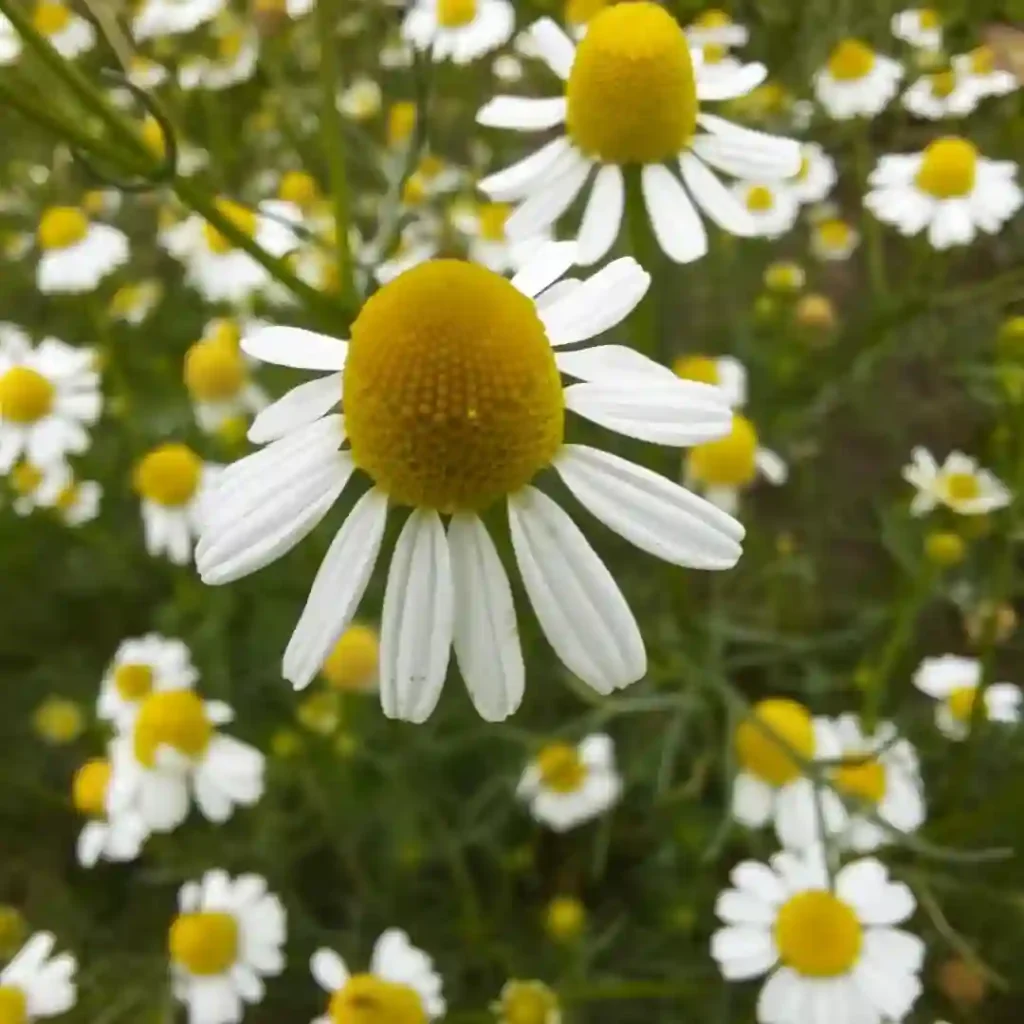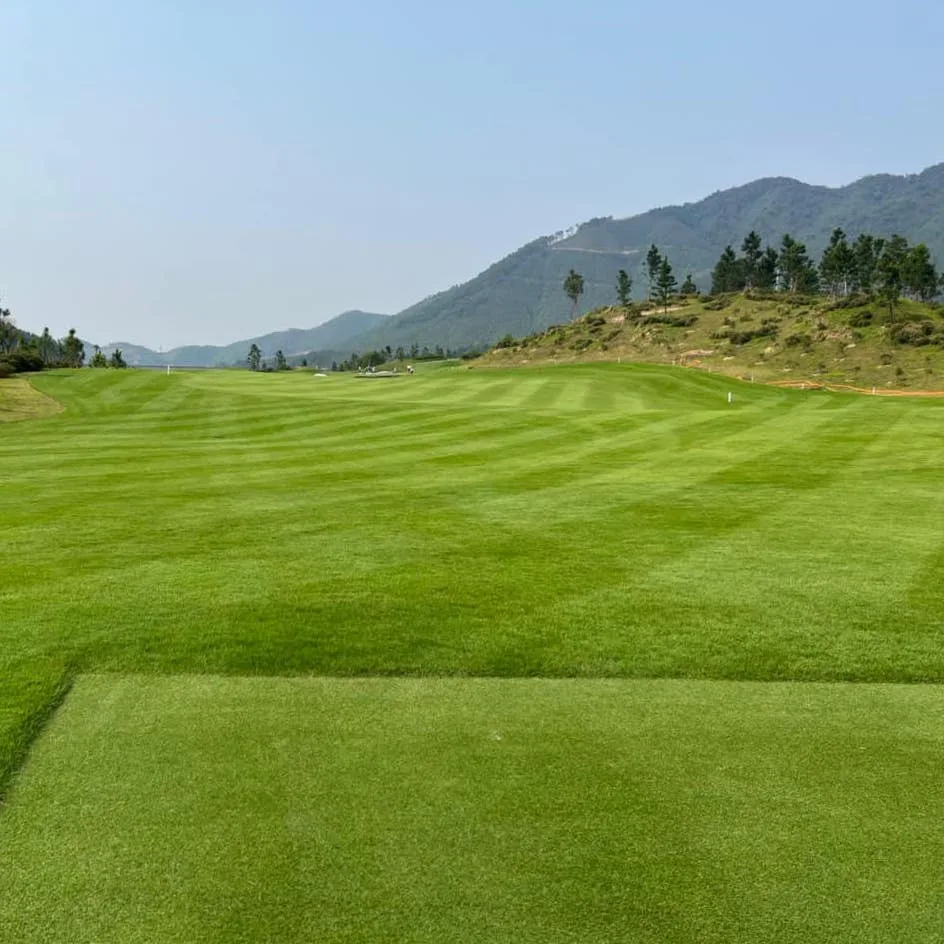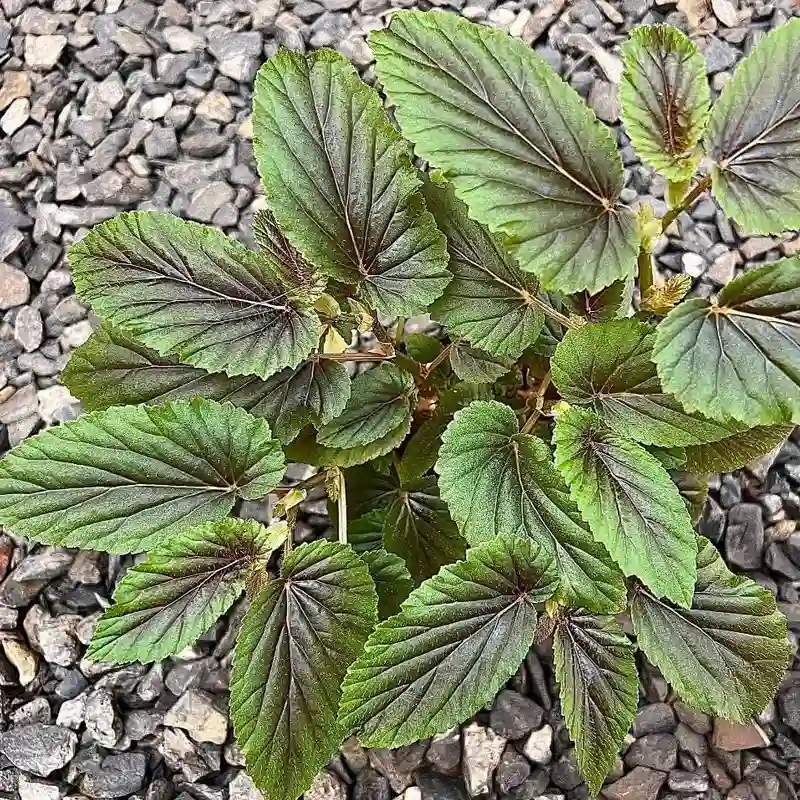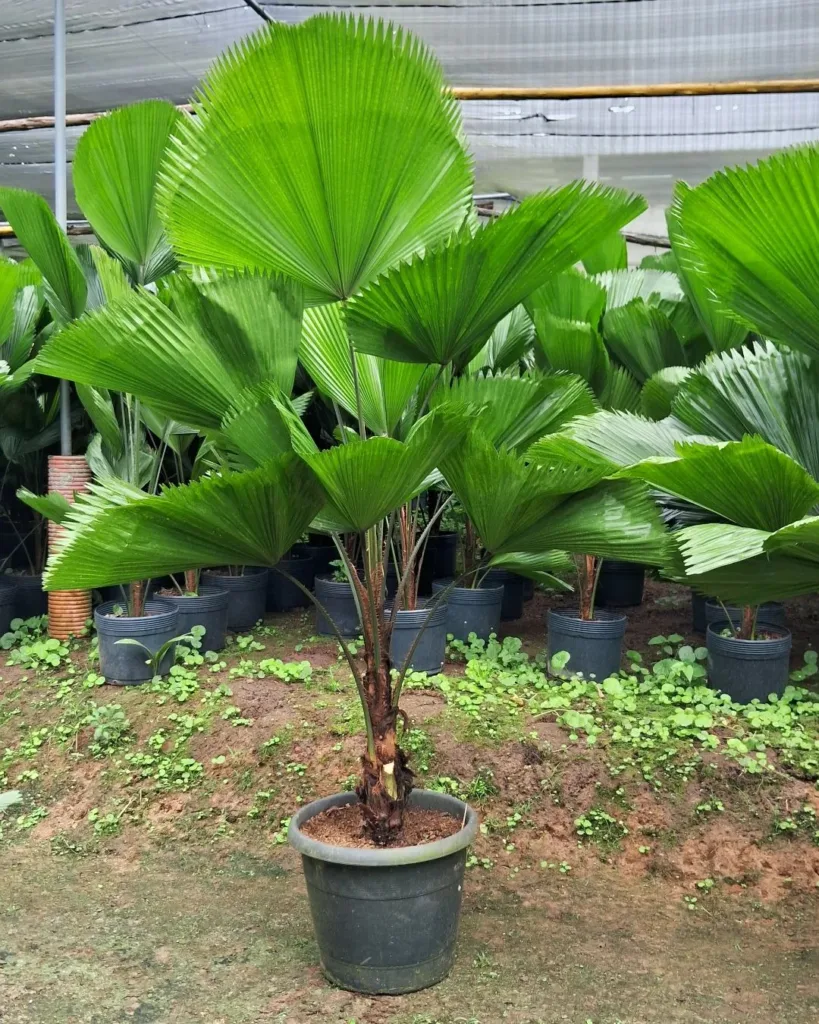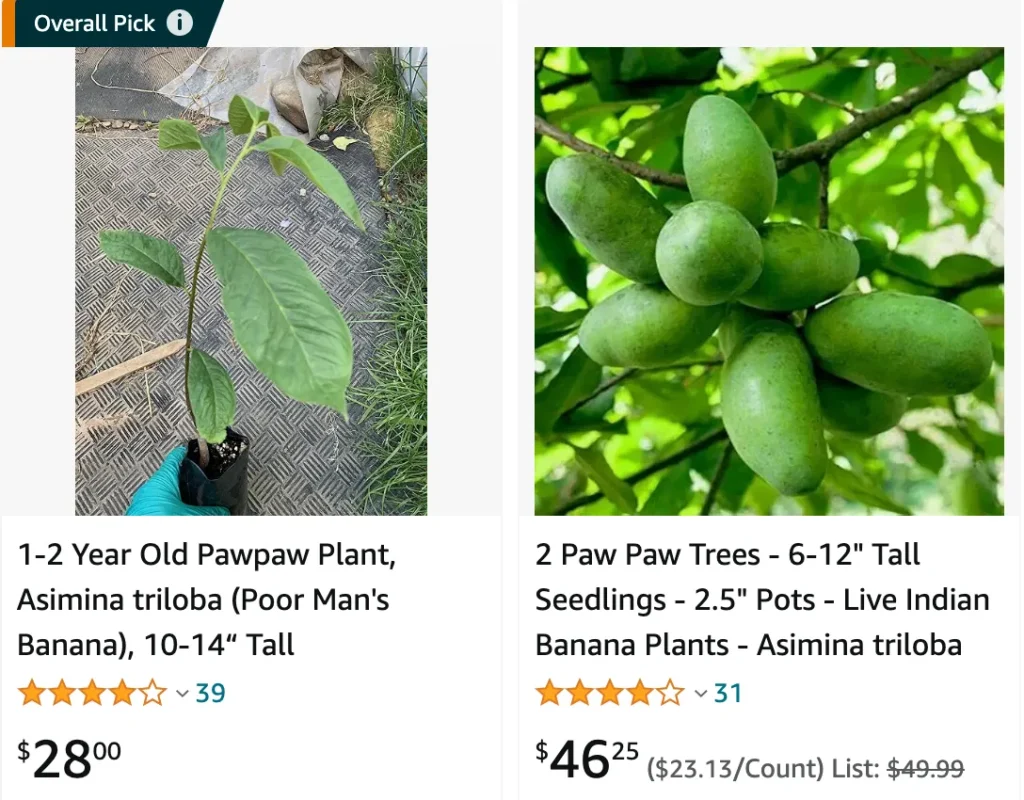
What is Asimina Triloba?
I once grew Asimina triloba, also known as the pawpaw tree, and was pleasantly surprised by its unique, custard-like fruit that tasted like a cross between banana and mango—it’s definitely a standout in my garden.
18 Species in Genus Asimina
Where to buy pawpaw fruit?
I usually find pawpaw fruit at local farmers’ markets or specialty grocery stores. Occasionally, I’ve spotted them at organic food stores too. The flavor is unique and worth seeking out, but it can be a bit elusive compared to more common fruits.
Asimina Triloba vs Annona Muricata
From my experience, the Asimina Triloba, or Pawpaw, has a much more nuanced flavor, reminding me of a tropical banana-pineapple blend, while the Annona Muricata, or Soursop, has a stronger, tangy punch that can be overwhelming if you’re not a fan of sour notes.
Asimina Triloba vs Annona Squamosa
I’ve found that Asimina Triloba offers a creamy, custard-like taste that’s reminiscent of a cross between banana and mango, whereas Annona Squamosa, or Sugar Apple, provides a sweeter, more granular texture that’s a bit like eating a creamy pear with a touch of spice.
How to grow pawpaw from seed?
Pawpaw trees can be grown from seeds, but they require a cold stratification period to simulate winter and break their dormancy. Here’s a general guide on how to grow pawpaw from seed:
Stratification:
- Pawpaw seeds need 70-100 days of cold stratification between 32-40 degrees Fahrenheit (0-4 degrees Celsius).
There are two ways to achieve this:
- Outdoor method: Sow the seeds directly in the ground in late fall after the fruits ripen. Over winter, the natural cold will provide stratification.
- Refrigerator method: Extract seeds from ripe pawpaw fruits and place them in a sealed Ziploc bag with moist paper towel or sphagnum moss. Store the bag in your refrigerator for 70-100 days.
Planting:
- After stratification, sow the seeds in well-aerated potting mix with a pH of 5.5-7.
- Use deep containers (14-18 inches tall) to accommodate the long taproot of pawpaw trees.
- Plant the seeds about 1 inch deep and keep the soil moist but not waterlogged.
Germination and Care:
- Pawpaw seeds can take several weeks or even months to germinate. Be patient!
- Maintain consistent moisture and place the pots in a warm location with temperatures between 75-85 degrees Fahrenheit (24-29 degrees Celsius) for optimal germination.
- Once seedlings emerge, provide them with plenty of sunlight and continue watering regularly.
Additional Tips:
- Pawpaw seedlings are delicate, so handle them with care.
- Pawpaw trees are dioecious, meaning you need at least two trees (one male and one female) to produce fruit. If you’re planting multiple seeds, consider marking the sex of each tree when they mature to ensure pollination.
- Pawpaw trees can take several years to reach fruiting age. Be patient and enjoy the process!
When do pawpaws ripen?
Regarding ripeness, I’ve found that pawpaws are ready to eat when they give slightly to gentle pressure, similar to ripe avocados. It’s a delicate balance between waiting for them to ripen fully and avoiding overripeness, which can lead to mushiness.
How to propagate pawpaw seeds?
Propagating pawpaw seeds has been a fun project. I’ve tried both direct sowing in the ground and starting them indoors in pots. Either way, it’s essential to mimic their natural habitat, providing moisture, warmth, and shade until they establish themselves.
Can pawpaw seed prevent pregnancy?
As for the claim about pawpaw seeds preventing pregnancy, I haven’t come across any reliable scientific evidence supporting it. It’s always best to consult with a healthcare professional for contraception options.
How to preserve pawpaw fruit?
Preserving pawpaw fruit is a bit tricky since they have a short shelf life once ripe. I’ve had success making pawpaw jam or freezing puree for use in smoothies or desserts.
Are pawpaw trees self pollinating?
While pawpaw trees can self-pollinate to some extent, they generally benefit from cross-pollination for better fruit set. I’ve found that planting multiple trees of different varieties increases the chances of successful pollination and higher fruit yields.
How to cook green pawpaw?
When it comes to cooking green pawpaw, I’ve experimented with recipes from different cuisines. Slices can be stir-fried with spices and vegetables for a savory dish, or grated and used in salads for a refreshing twist.
How to make pawpaw smoothie?
Making a pawpaw smoothie is one of my favorite ways to enjoy this fruit. I blend ripe pawpaw with yogurt, a splash of orange juice, and honey for sweetness. It’s creamy, tropical, and packed with nutrients—a perfect breakfast or snack option.
If i die, water my plants!
